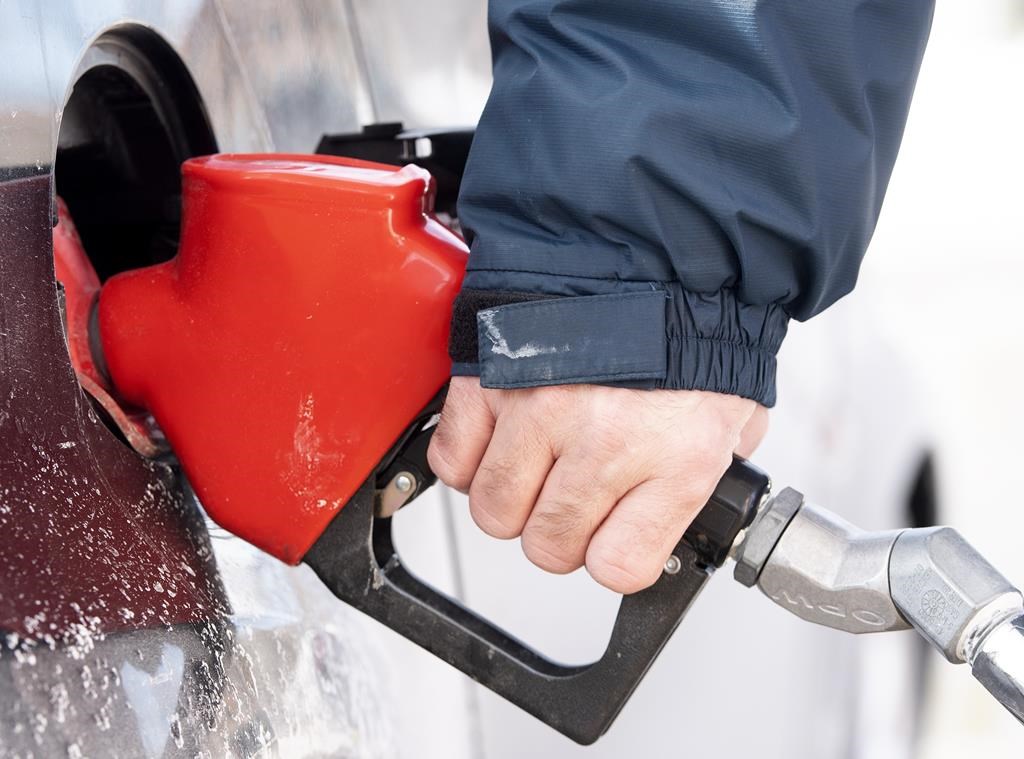According to a recent survey conducted for the Tire and Rubber Association of Canada (TRAC), two-thirds of Canadian drivers will be staying closer to home this summer.

The survey found 66 per cent of drivers say fuel prices will force them to cancel or limit road trips this summer. Among young drivers aged 18 to 24, that number climbs to 75 per cent.
The study also indicates that eight-in-ten Canadian drivers believe high gas fuel prices are here to stay.
A majority of Saskatchewan drivers agree with that thought, with 78 per cent saying they believe today’s gas prices are the “new normal” and will be with us for a long time to come.
Recently, gas has been selling for close to $1.90 a litre at some gas stations in Saskatchewan,over $2.00 at some gas stations in Ontario, and some provinces saw prices as high as $2.15 – $2.34.
The survey was completed with the help of 1,538 Canadian drivers that were polled between April 8-10 of this year, through an online panel. A probability sample of the same size would yield a margin of error of +/-2.5%, 19 times out of 20.
When it comes to managing proper vehicle maintenance, which experts say can help drivers get more bang for their buck and save fuel, some key findings show that:
- Nearly all (97 per cent) understand proper tire inflation is essential to vehicle safety
- 93 per cent agree that correct tire pressure saves fuel
- 72 per cent recognize correctly inflated tires lessen vehicle emissions and protect the environment
The TRAC said the survey findings also revealed a significant disconnect between drivers’ understanding that proper tire inflation improves fuel economy and their knowledge about when and how to measure and set correct tire pressure.
Only 27 per cent of drivers check tire inflation pressure monthly, which is the number recommended by tire makers.
The study also found 59 per cent are unaware inflation pressure should only be measured when tires are not heated from use. According to TRAC, a vehicle should be stationary for at least three hours or not have been driven more than two kilometres prior to checking tire inflation.
“With these substantial knowledge gaps about tire maintenance, it’s apparent that drivers need more education to improve their fuel economy effectively,” said Carol Hochu, president of TRAC.
“With gas prices at all-time highs and no relief in sight thus far, the time has come for all drivers to arm themselves with the knowledge needed to lower fuel costs,” Hochu explained.
“Monthly checks to ensure your tires are correctly inflated are the most effective way to achieve the best fuel economy and extract the most value from your tires. Combined with the right driving habits such as reducing idling, maintaining a steady speed, accelerating gently and coasting to decelerate, these small, simple practices can add up to big improvements in fuel economy,” she added.
Hochu went on to say drivers can save on high gas prices by learning a few techniques to ensure they are always riding on properly inflated tires.
According to TRAC, industry studies show motorists can improve their gas mileage by 0.6 per cent on average – up to 3 per cent in some cases – by keeping their tires inflated to the vehicle manufacturer’s recommended pressure.
Additionally, TRAC said less inflated tires can lower gas mileage by about 0.2 per cent for each one PSI drop in the average pressure of all tires. Driving a vehicle with just one tire less inflated by 56 kPa (8 psi) can increase vehicle fuel consumption by four per cent.
According to Statistics Canada, in 2019 Canadians purchased 43 billion litres of gasoline.
TRAC said with a 0.6 per cent gas mileage improvement resulting from proper tire inflation, drivers could have avoided buying 258 million litres of gasoline and saved about $490 million.
TRAC also notes that saving this much gasoline would also avoid the release of 593,000 metric tonnes of CO2 into the atmosphere, which equals the emissions of 125,000 vehicles in a year.




Comments